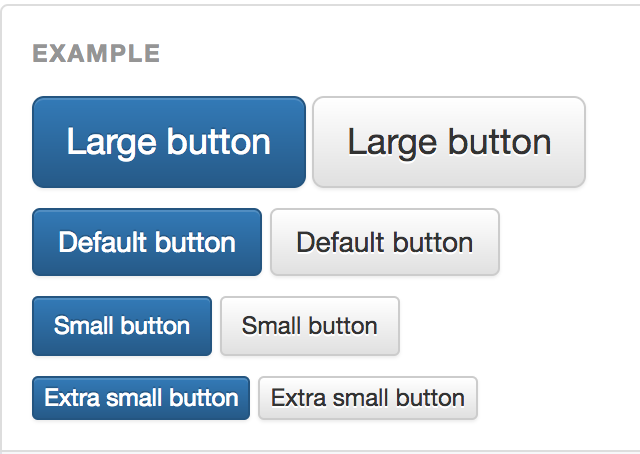
Stop using semantic class names
Say you have a search form in the top right corner of your website, that looks something like the picture below. What should be the class name of a component?

If you use semantic classes, you could name it something like “search” or even “header-search”, because it is how it’s used.
If you use content-independent classes, you might call it “tiny-form”, because that’s what it is.
Which name make you more likely to reuse the css class?
Say you’re about to create a feature that allows users to input their phone number, and be sent a one-time verification code. Which class name would make you more inclined to reuse its css?
- “header-search”
- “tiny-form”
The most reusable components are those with class names that are independent of the content. – Nicolas Gallagar’s About HTML semantics and front-end architecture.
CSS classnames are not used for semantics by crawlers, users or accessibility software. They are only used by developer trying to understand/change frontend code. Frontend developers do not need css class names to comprehend the semantic of an element. This is already accomplished by other means: HTML tag names or the name of the class/component that renders this html. CSS classes are for developers, and we use classes for attaching js-interactivity or styling purposes. Take for instance a look at the class names of Bootstrap and Foundation.
.col-md-4 .text-capitalize .table-striped
.button-danger .btn-lg .disabled .img-circle
.button-primary .checkbox-inlineThese are all content independent class names, i.e. describe what they are, rather than the how they’re used.
Well, of course they are. Bootstrap is suppose to be used across any web application, independent of what sort of content it contains. Semantic names never works without knowing what you’re building. – You, just now.
Valid point, and this type of naming is what enables their reusability, consistency and readability!
And isn’t really our own little Mini-Bootstrap exactly what we want from our css? That can be reused in new components and projects with totally new concepts? I think it is!